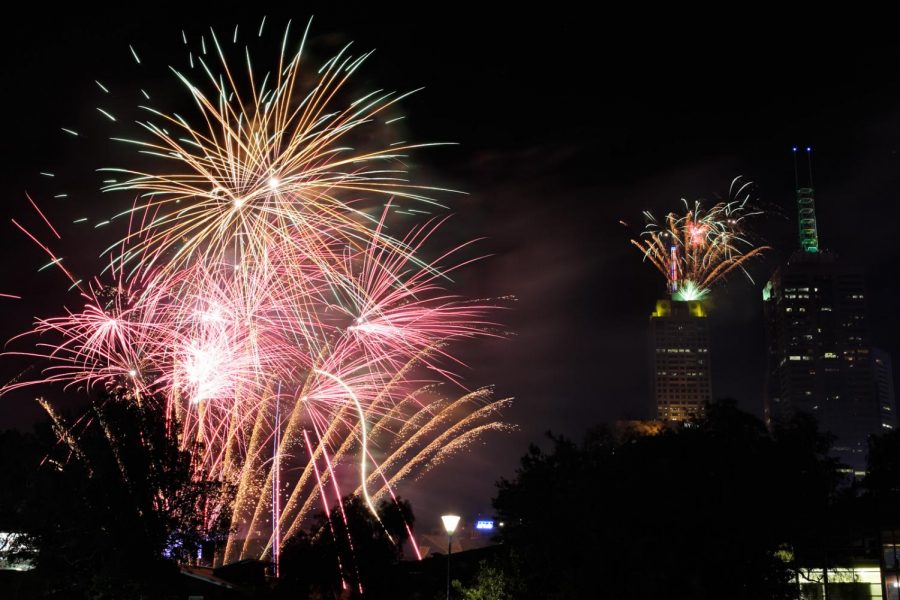Fireworks Spark Environmental Disaster
January 21, 2018
As we enter into the new year with a bang of dazzling lights, pollutants fill the air.
Fireworks were created in China around 1000 A.D. and have been used for celebrations ever since, according to Susan Wells of Steve Spangler Science. Across the United States, people light fireworks as they count down to the New Year. When the countdown hits 12am, fireworks explode in celebration. Such light displays are also associated with the Fourth of July, the celebration of American independence.
This spectacle is pleasing to the eyes but extremely unpleasing to the environment. Fireworks are composed of different metallic compounds that react to turn different colors when lit, according to Wells. However, they also react in nature to form more detrimental compounds, especially the more volatile metals that create greens, blues, and purples. What is released into the air does not always remain there; it becomes part of the biogeochemical cycles that encompass the earth.
When lit, particulate matter is released into the environment. Particulate matter is the scientific term for any non-gaseous (solid or liquid) particle suspended in the atmosphere. Smaller particulate matter is more dangerous because it can travel and settle into environmentally sensitive areas, such as the human lungs, more easily, according Bishop Blanchet’s AP Environmental Science course. In large amounts, particulate matter also creates a haze which can block necessary sunlight from reaching plants and animals.
Before lighting up the sky next time, take a moment to consider explosive effects your actions could have on the environment.
Written Jan. 11, 2018.






